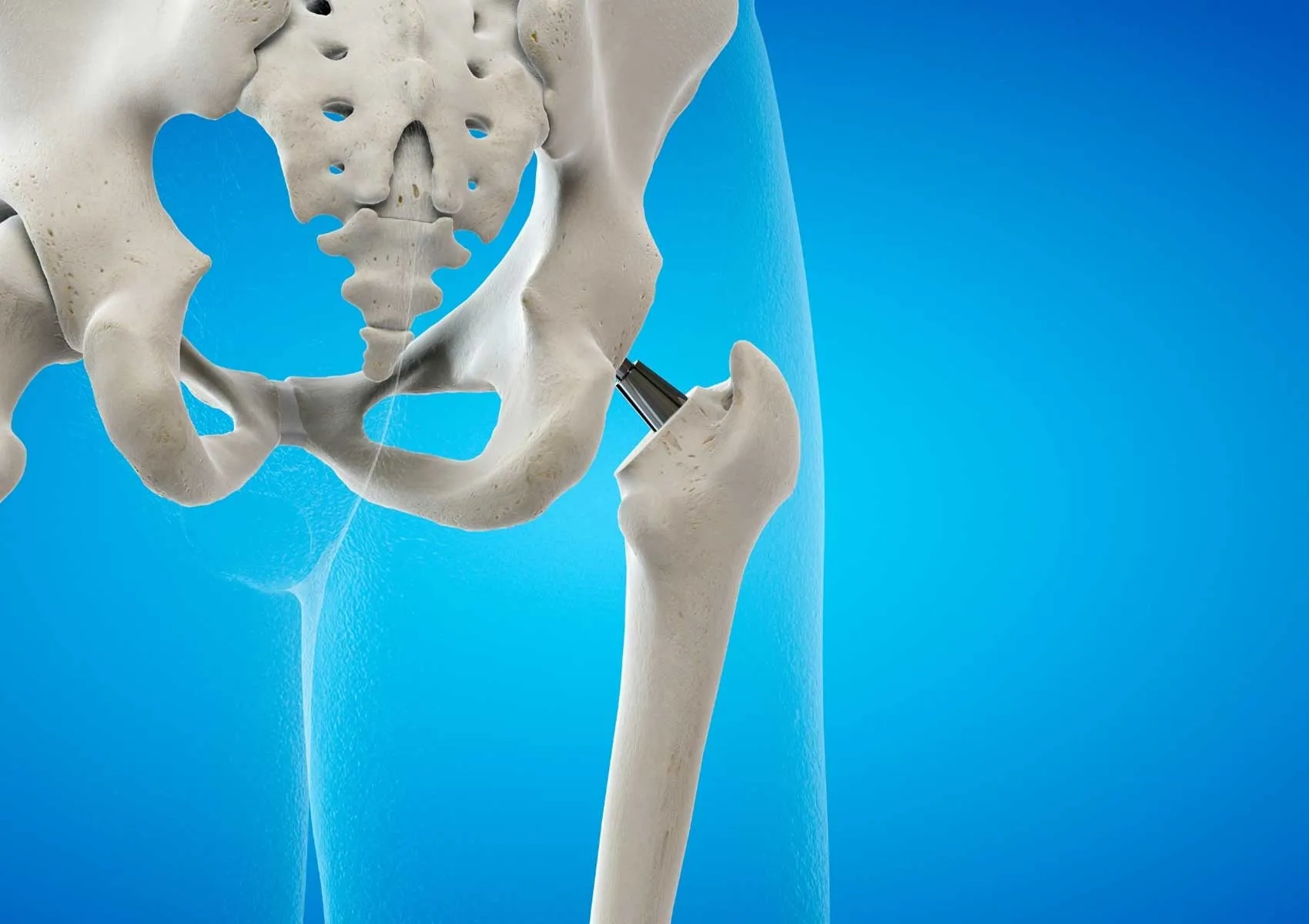Quality of Life After Joint Replacement Surgery
Who Needs Joint Replacement?
Hip and knee replacements are typically recommended for patients experiencing:
- Advanced osteoarthritis with joint space narrowing
- Inflammatory joint diseases such as rheumatoid arthritis
- Fractures or deformities that disrupt joint function
- Avascular necrosis (bone death due to poor circulation)
- Congenital deformities such as dysplasia or severe bowleg/knock-knee
- Persistent pain and stiffness unresponsive to conservative treatments
In these cases, joint replacement becomes a gateway to regaining daily function and long-term comfort.
The Early Postoperative Period
The first 6 weeks after joint replacement are critical for healing and adaptation to the new joint. During this time:
- Walking and movement patterns are relearned
Most patients begin walking with assistance the same or next day after surgery. A physiotherapist guides proper posture and gait. - Pain is manageable
Modern multimodal pain management protocols keep postoperative pain at tolerable levels. - Physical therapy begins immediately
Customized exercises restore muscle strength and joint flexibility while preventing complications. - Daily living activities improve gradually
Tasks like climbing stairs, dressing, or using the bathroom become easier with time and therapy.
Medium and Long-Term Quality of Life Improvements
Most patients regain independence within 3 months, and the majority report dramatic quality of life improvements by 6 months after surgery.
1. Pain Relief
Eliminating the pain that once dominated daily life is the most significant benefit. Chronic joint pain caused by arthritis or injury is largely resolved.
2. Improved Mobility
Patients can walk comfortably, stand for longer periods, and perform household tasks with greater ease. Those with hip replacements often regain the ability to climb stairs and tie shoes without pain.
3. Return to Social Activities
Joint pain often leads to social isolation. After surgery, patients resume travel, leisure activities, and community engagement—boosting their mental and emotional health.
4. Psychological Well-Being
Pain reduction, increased independence, and restored physical function contribute to reduced anxiety and depression.
5. Better Sleep
With pain under control, patients sleep more comfortably and experience fewer nighttime awakenings, leading to better overall health.
Other Factors That Influence Quality of Life
The outcome of joint replacement is not solely dependent on the surgery. Several factors play a role:
- Adherence to physical therapy
- Weight management
- Muscle strength and bone quality
- Presence of chronic illnesses (diabetes, hypertension, osteoporosis)
- Smoking and alcohol habits
- Psychological readiness and social support
With proper rehabilitation and lifestyle modifications, patients can maximize the long-term success of their prosthetic joint.
What Can and Can’t You Do With a Joint Replacement?
Recommended Activities:
- Daily walking
- Low-impact sports like swimming and stationary cycling
- Traveling and participating in social events
- Driving and public transportation use
- Going up and down stairs carefully
To Be Avoided:
- High-impact sports (running, contact sports, heavy lifting)
- Activities with high fall risk
- Prolonged squatting or kneeling
- Deep flexion in knee replacements beyond surgeon's recommendations
FAQ
-
Will I live completely pain-free after surgery?
Most patients experience significant to complete relief from pain, though mild discomfort may persist in the early weeks.
-
Can I exercise after joint replacement?
Yes. Low-impact activities like swimming, walking, and cycling are recommended. High-impact sports should be avoided.
-
Is it safe to use stairs after surgery?
Yes, with guidance and proper technique. Physical therapy includes stair-climbing training.
-
Does surgery improve quality of life in older patients too?
Absolutely. Elderly individuals often regain independence and enjoy better mobility post-surgery.
-
How long will my joint replacement last?
Modern prostheses typically last 15–20 years, depending on usage, body weight, and activity level.

